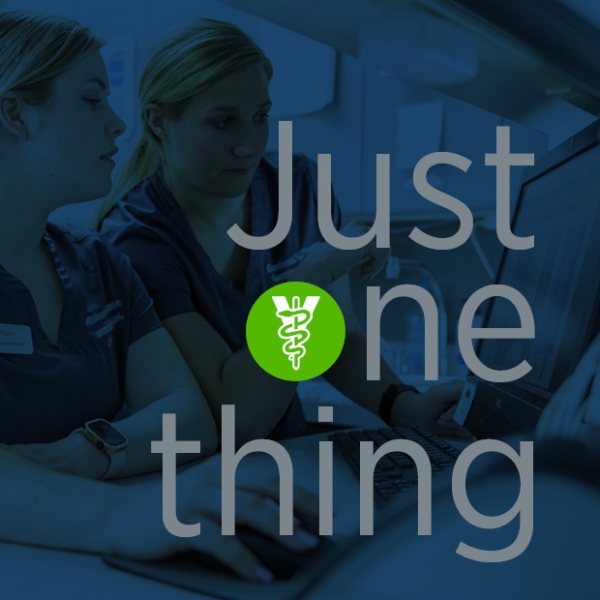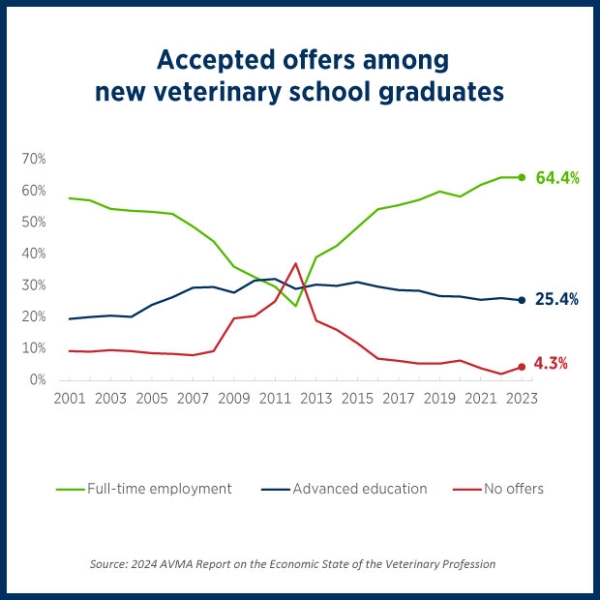Just one thing: Support practice health by reflecting on Q1
High production and productivity support veterinary practice health. But where can we start identifying opportunities to maximize these measures? An outcomes-oriented approach, focusing on revenues, can provide valuable insights.
With the first quarter of the year just wrapped up, now is a perfect time to take stock and seek to identify financial trends in your practice. There’s ample time for deliberate action and adjustments through the remainder of 2024.
Here’s a quick way to start
A first step is to examine your revenue breakdown, stratified by source. This can be tackled in 15 minutes or less:
- Use your practice management software or a recent profit-and-loss or income statement to obtain a snapshot of revenues over a certain period, such as the first quarter of 2024.
- Identify revenue per category (e.g., vaccine, exam, dentistry, laboratory, imaging, and pharmacy).
- Take the revenue earned within each category, and divide it by gross revenue to arrive at the percentage of gross revenue for each. Some software programs will do this for you automatically.
- Compare your results against industry benchmarks to highlight those revenue sources that are above or below average.
For example: Consider a companion animal practice that generated $250,000 of gross revenue over the first quarter, of which $6,750 came from dentistry. By dividing this revenue by total gross revenue, we find that dentistry accounted for 2.7% of the practice’s total.
To compare against an industry benchmark, look to the 2023 AVMA Report on the Economic State of the Veterinary Profession. It shows that the average companion animal practice generated 6.4% of revenue from dentistry. Applying this percentage to the $250,000 in gross revenue for our example practice produces a possible revenue target for dentistry of $16,000—$9,500 more than actually achieved in Q1 and a clear opportunity for growth.
After you’ve identified which revenue source(s) could be targeted for improvement, talk to your team about your findings, and discuss ways to boost revenue and productivity with your existing resources. In the dentistry example, this might include process changes to allow more dental procedures to be performed within a given period and a social media campaign to promote the importance of routine dental scaling.
Another resource that can streamline your assessment is the AAHA/VMG Chart of Accounts. This applies best-practice accounting standards for classifying revenue, so you can more easily organize your finances to compare against industry standards.
It’s worth remembering that every veterinary practice is unique. Revenues will vary with practice, client and patient characteristics; time of year; market demand; and other factors. Because you and your team know your practice best, you can best assess which of the potential areas of improvement this assessment has identified represent your real opportunities for growth.




Comments
Add New Comment